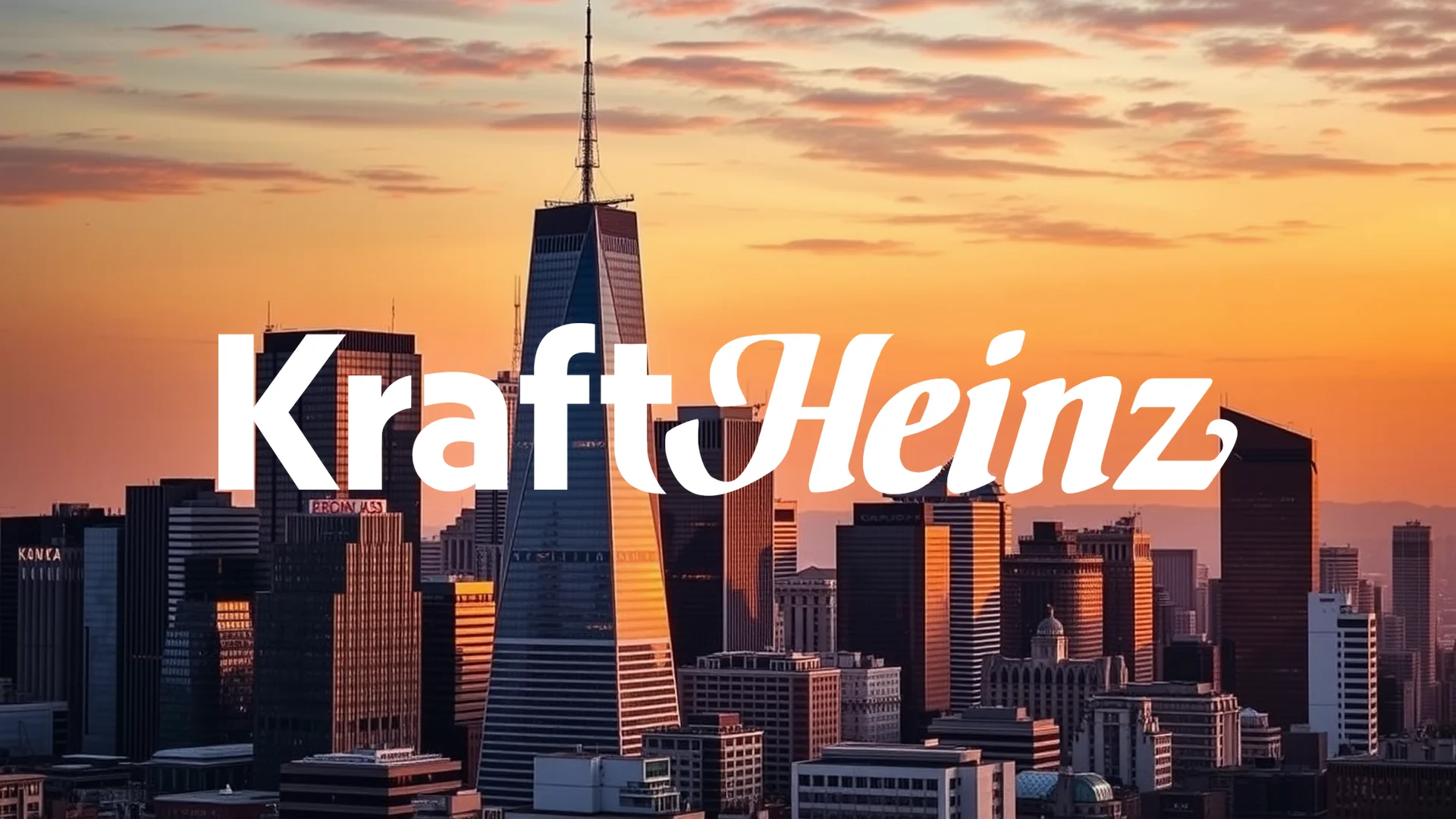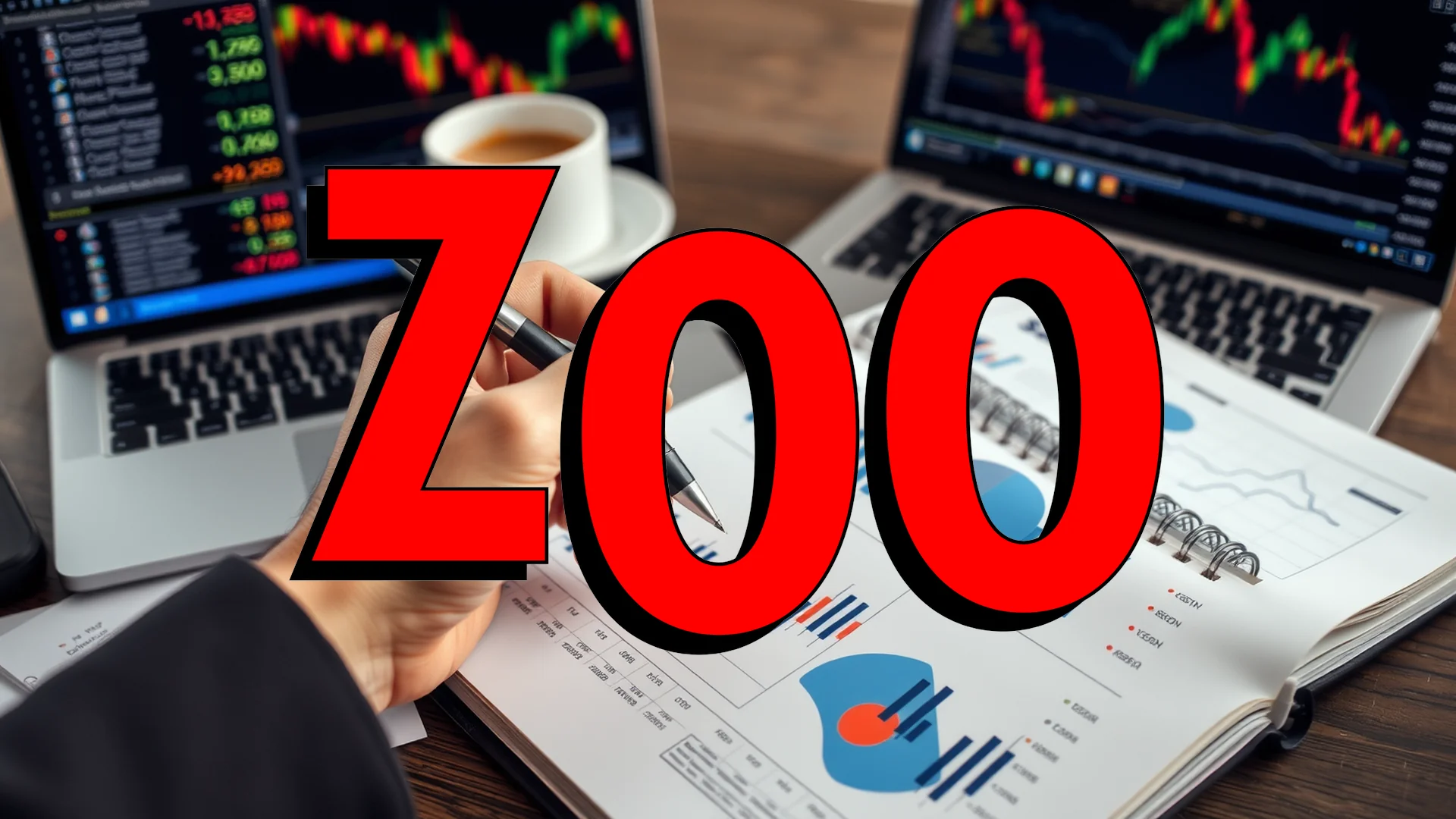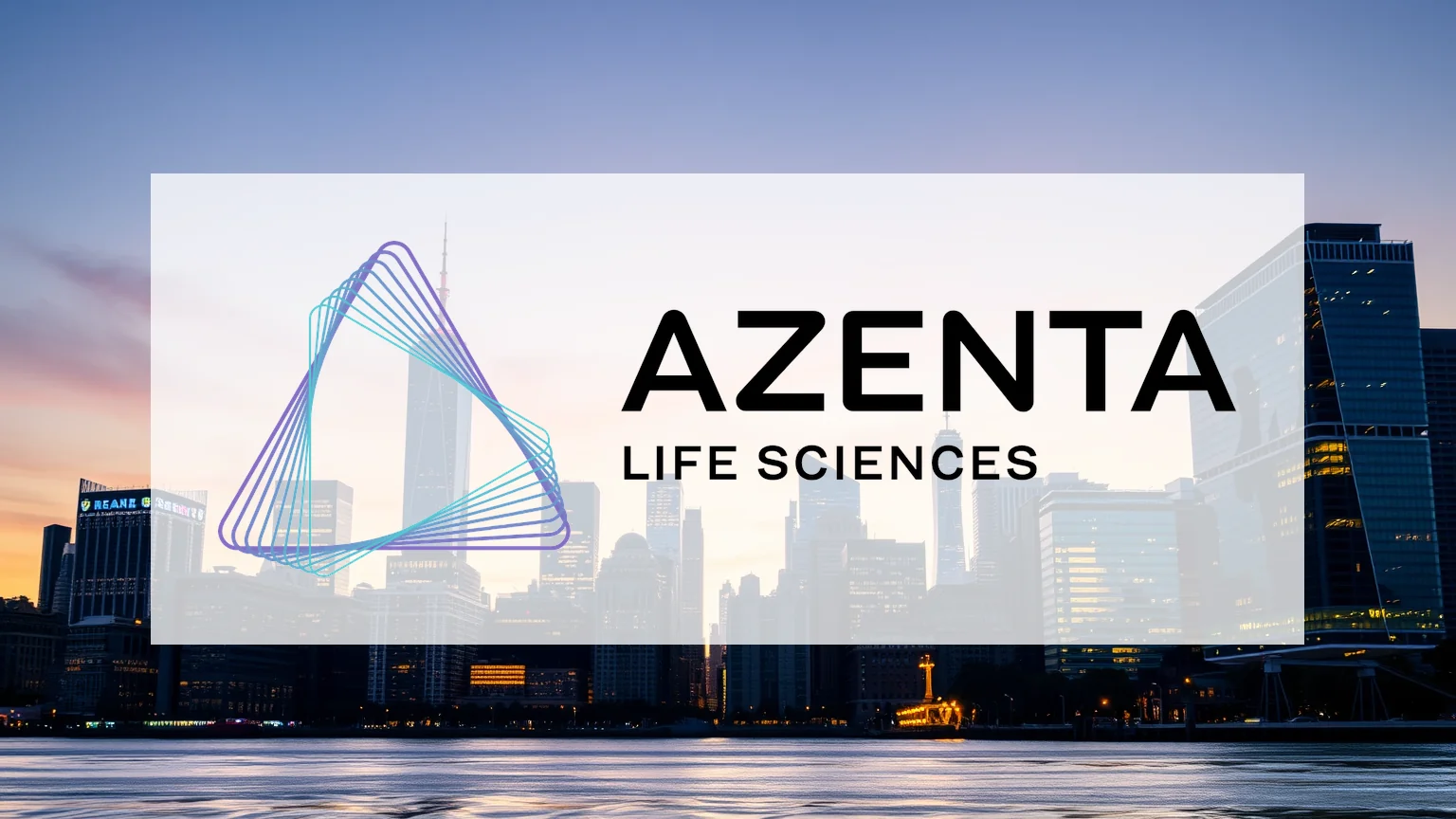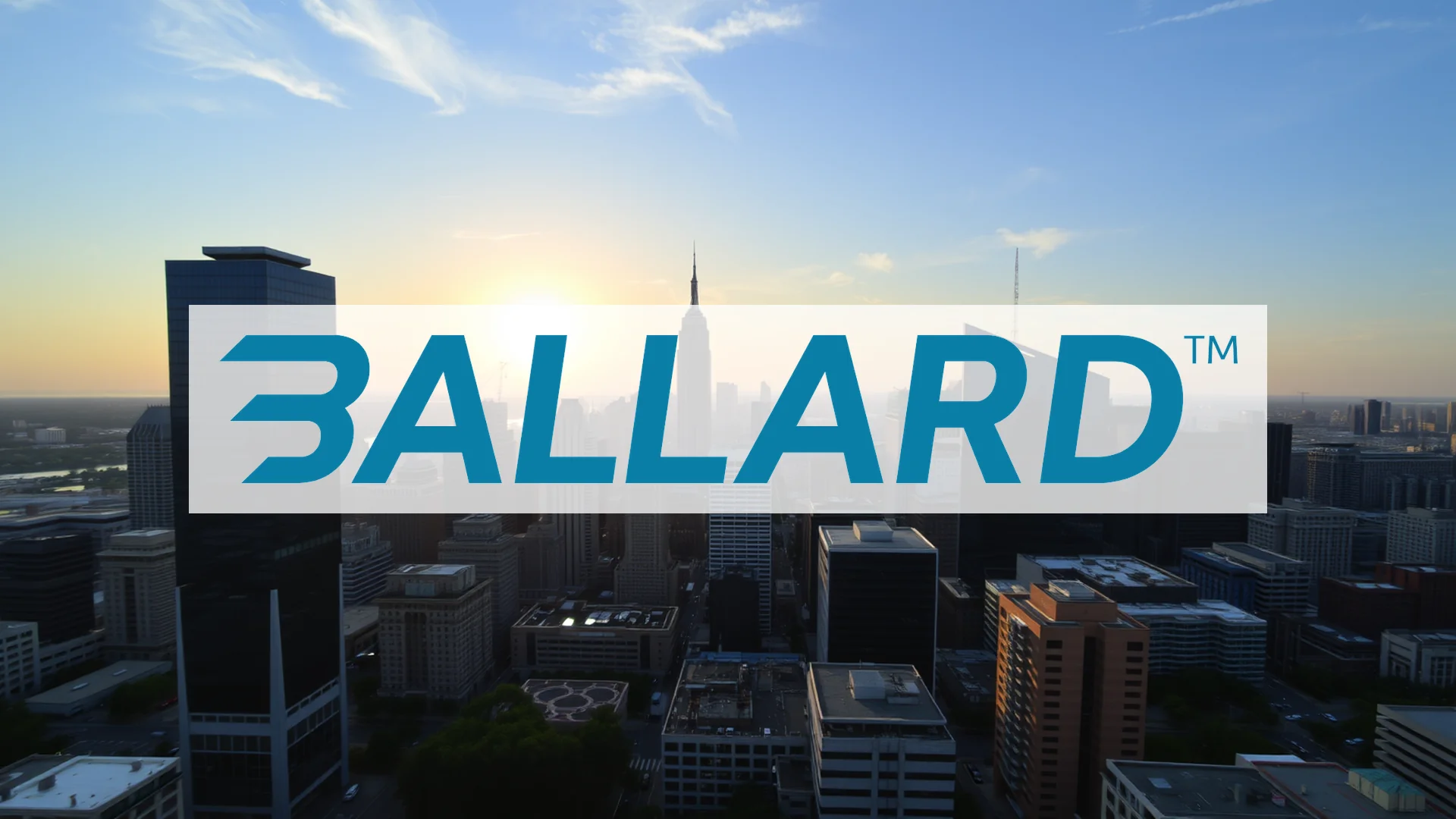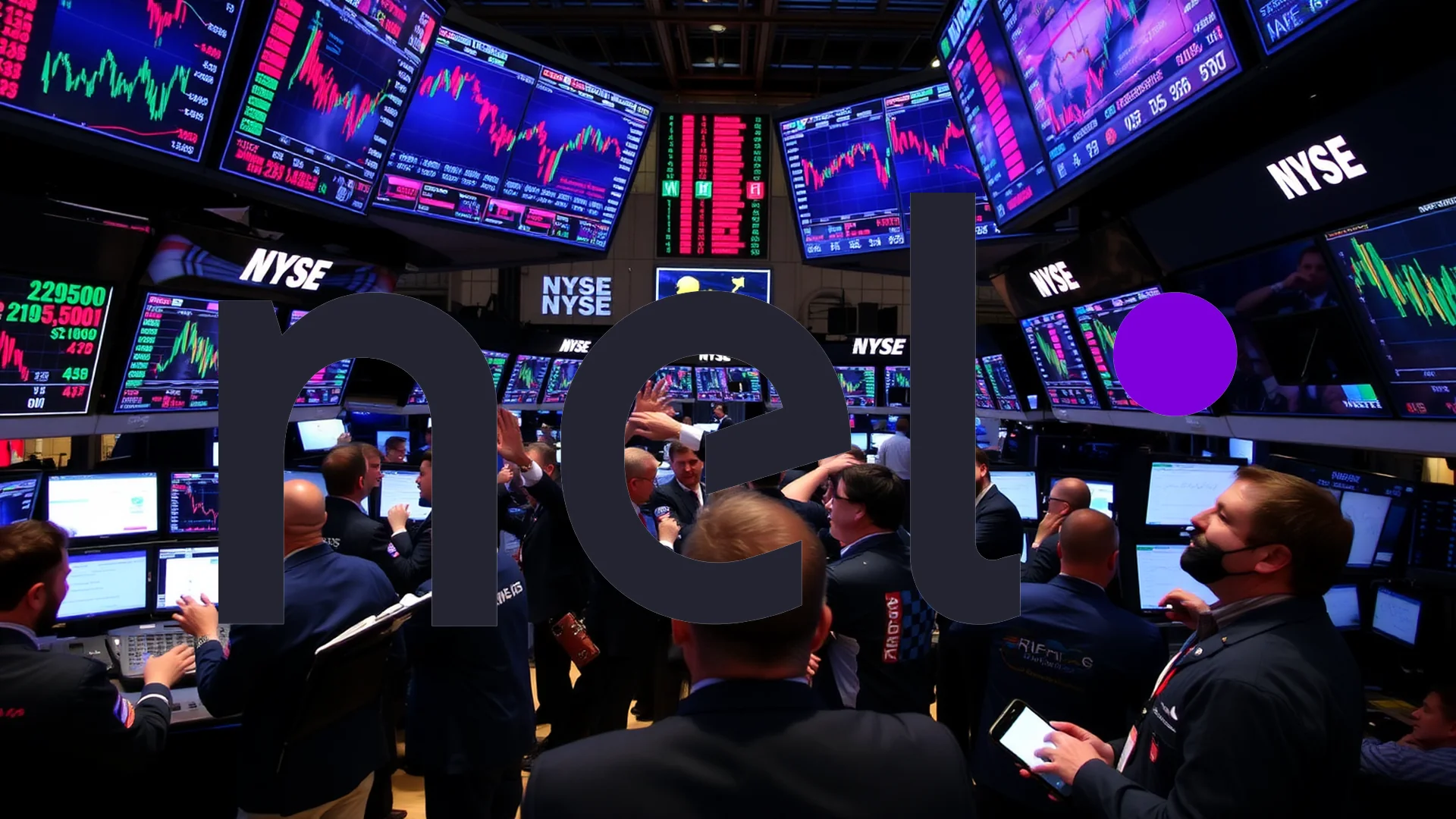The packaged food industry continues to grapple with intense pricing pressure and shifting consumer preferences, with sector giant Kraft Heinz becoming the latest casualty. The company’s recent quarterly report revealed disappointing financial results and substantial asset write-downs, signaling a pause in its recovery trajectory and raising questions about the depth of its current difficulties.
Financial Performance Falls Short
Kraft Heinz disclosed mid-week figures that failed to meet investor expectations across several key metrics. While the company’s adjusted earnings of $0.75 per share slightly exceeded analyst projections, a 2.8% revenue decline to $6.38 billion combined with a massive $1.4 billion impairment charge sent shares downward. The substantial write-down particularly affected the struggling Lunchables brand, contributing to a net loss of $290 million for the quarter.
Chief Executive Carlos Abrams-Rivera acknowledged that the company’s recovery is progressing “more slowly than initially anticipated,” delivering disappointing news to investors who had expected a quicker turnaround.
Lunchables Emerges as Primary Concern
The Lunchables product line has become a significant liability for the food conglomerate. Following negative publicity in April regarding lead and sodium content, the brand suffered a 15% sales decline during the quarter. CFRA Research analyst Arun Sundaram observed that “sharp declines in certain brands are weighing down overall performance, with Lunchables representing the most substantial drag.”
Compounding these challenges, supply chain complications have further delayed recovery efforts. The convergence of brand reputation issues and operational hurdles presents a complex situation for management to navigate.
Should investors sell immediately? Or is it worth buying Kraft Heinz?
Analyst Sentiment Shifts
The underwhelming quarterly results prompted immediate reaction from financial institutions. Deutsche Bank downgraded Kraft Heinz from “Buy” to “Hold” just one day after the earnings release, indicating growing skepticism about near-term recovery prospects. Similarly, Stifel reduced its price target from $40 to $38 per share.
This cautious analyst perspective aligns with the company’s revised full-year guidance. Management now anticipates organic net sales will land at the lower end of previous projections, with earnings forecasts also being adjusted downward.
Broader Industry Headwinds
Kraft Heinz’s challenges reflect wider patterns affecting the entire food sector. Persistent inflation concerns have driven increasing numbers of consumers toward more affordable private-label alternatives, creating sustained pressure on established brand manufacturers.
Despite the disappointing quarterly performance, several positive indicators emerged. The company generated robust cash flows totaling $2.0 billion and returned equivalent value to shareholders. Additionally, the Global Away From Home and emerging markets segments continued to demonstrate growth momentum.
The critical question remains whether the food giant can stabilize its core brands and reverse current consumption trends. Coming quarters will reveal whether present difficulties represent a temporary setback or the beginning of a more prolonged decline.
Ad
Kraft Heinz Stock: Buy or Sell?! New Kraft Heinz Analysis from December 19 delivers the answer:
The latest Kraft Heinz figures speak for themselves: Urgent action needed for Kraft Heinz investors. Is it worth buying or should you sell? Find out what to do now in the current free analysis from December 19.
Kraft Heinz: Buy or sell? Read more here...

